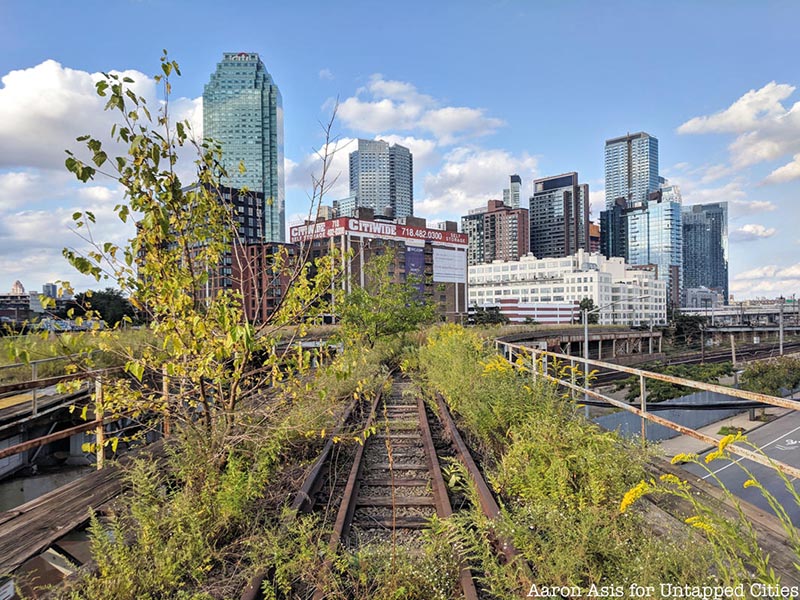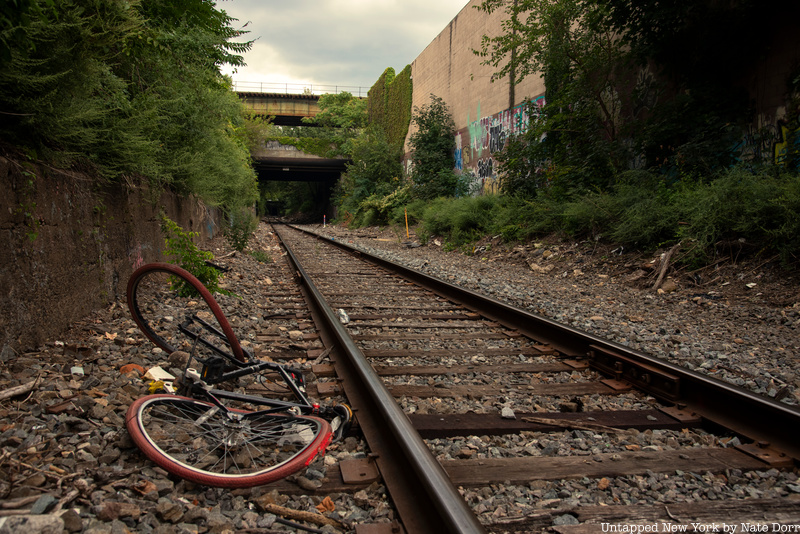
Across New York City, there are plenty of remnants of abandoned and lost rail lines, some of which have been defunct for over a century. Some of the rail lines have been revitalized, including the High Line, while others have been abandoned and left to wither away over the years. Some have become photo-worthy spots and have been renovated, while others are probably unknown to even those living in the neighborhood where the tracks degrade. Many were operated by the Long Island Rail Road and were rerouted over the years. Here are 10 abandoned and semi-abandoned rail lines across the five boroughs.
1. Parts of the Bay Ridge Branch

The Bay Ridge Branch of the Long Island Rail Road opened in 1876 as part of the New York and Manhattan Beach Railway. The tracks, which pass through heavily forested areas, curve from their terminus in Bay Ridge through southeast Brooklyn into Jackson Heights. Declining ridership forced passenger service to close in 1924, and it is now one of the few dedicated freight rail lines on Long Island, meaning parts are semi-abandoned. The 14-mile line is currently owned by the Long Island Rail Road (LIRR) and CSX Transportation, a private freight rail company. Only one or two trains run per day throughout the Brooklyn section.
The Interborough Express, which would be New York’s newest rapid transit link if brought to fruition, would revitalize the semi-abandoned 14-mile freight rail corridor that traverses Brooklyn and Queens. Governor Hochul backed the idea to create the Interborough Express, as detailed in the MTA’s feasibility study. The Interborough Express would bring back passenger service and provide a crucial link between the two outer boroughs with an estimated 80,000 daily riders. An environmental review process is expected to begin in late 2022 or early 2023, after which the MTA would launch a five-year capital plan in 2025 before choosing a contractor.





